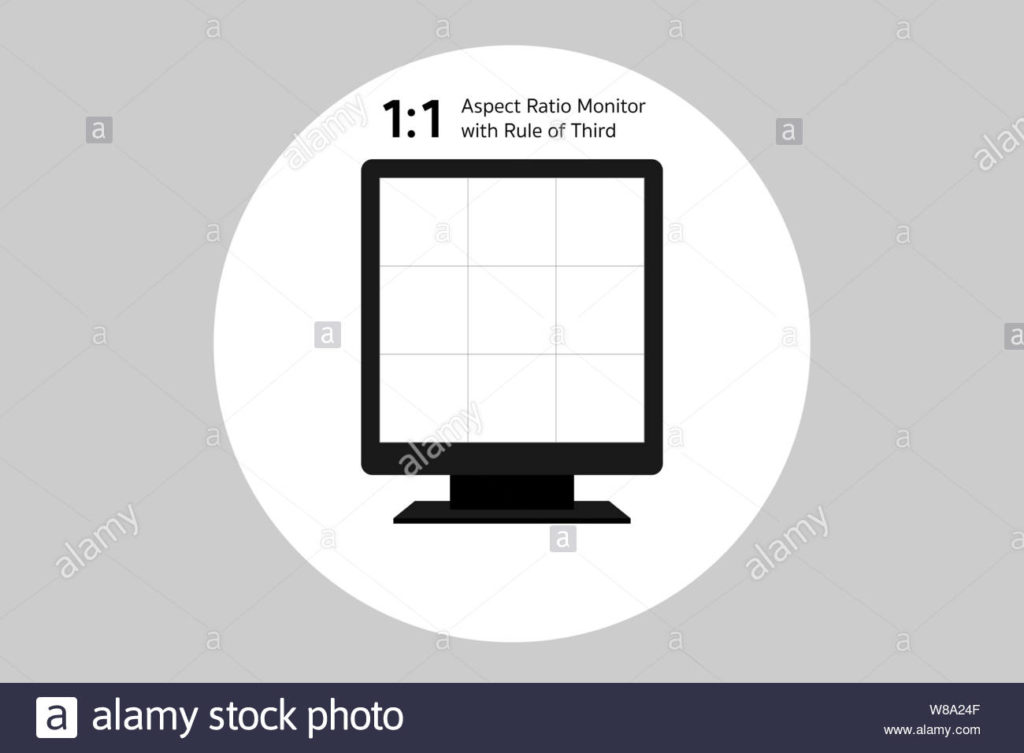In my last articles I am very centered on the optical part of photography and film and we have already seen several series that I produce, such as “The Narrative Language of Cinema and Photography?”With texts on “The Framing and Composition of the Image”, “The Shots of a Scene”, and then with this series, I wrote about the lenses, in the series “The photographic and cinematic lenses and their characteristics”. Main lens?,??, the culture factor ?, and today I’m going to write about it Aspect Ratio ?, which, in the correct translation, refers to the high/wide ratio of cinema and photography.
Cinema over the years has already used several different types of formats, referring to the size of the area occupied by image recording in a film and today in digital electronic sensors, with different physical sizes and many other factors. remain in use. A high/wide ratio that has lasted and is currently dominant in both photography and cinema is 35 mm. Created by Thomas Edson, the useful space for recording images has gone from 1. 33:1 (width/height ratio) to 1. 37:1 with the advent of sound cinema and the need to accommodate the audio track (mono in time), hence the different formats for cinema, video and photography were derived
- Photography also comes in a wide variety of sizes and formats.
- But 35mm is also the dominant format of the pre-digital and digital era.
- But unlike the 35mm negative used that makes mistakes in analog cameras it is moves horizontally.
- And the film (or negative) used in analog film cameras moves vertically.
- As shown in the following figure:.
So the aspect ratio? It is the relationship between the width and height of an image. The height/width ratios most commonly used in cinemas are; 1. 85: 1 and 2. 39: 1. In the video, plus the TV, the proportions are: SD format (standard definition already off) of 4: 3 (1. 3 3: 1) and universal video format created in the twentieth century, for high definition television (HDTV) 16: 9 (1. 7 7: 1). There are other proportions of the height/width ratio in movies and videos, but they are rarely used.
In the camera, the most common proportions are 4:3, 3:2 and, more recently, the 16:9 height/width ratio is found in digital cameras, in addition to the 16:9 high/width ratio. Medium format digital cameras, use appearance reports, 5:3, 5:4 and 1:1 (square format).
Below are some aspects of the proportions, in addition to 1. 85, used by the film industry:
The VashiVisuals blog offers several HD masks and various aspects of the screen as free downloads for use in video edits. Follow the link below right after the images:
In the next post I’ll write about?Graphics? Color, focus, grayscale, gray card and resolution.
Let’s look at everyone!
Fernando Rozzo

